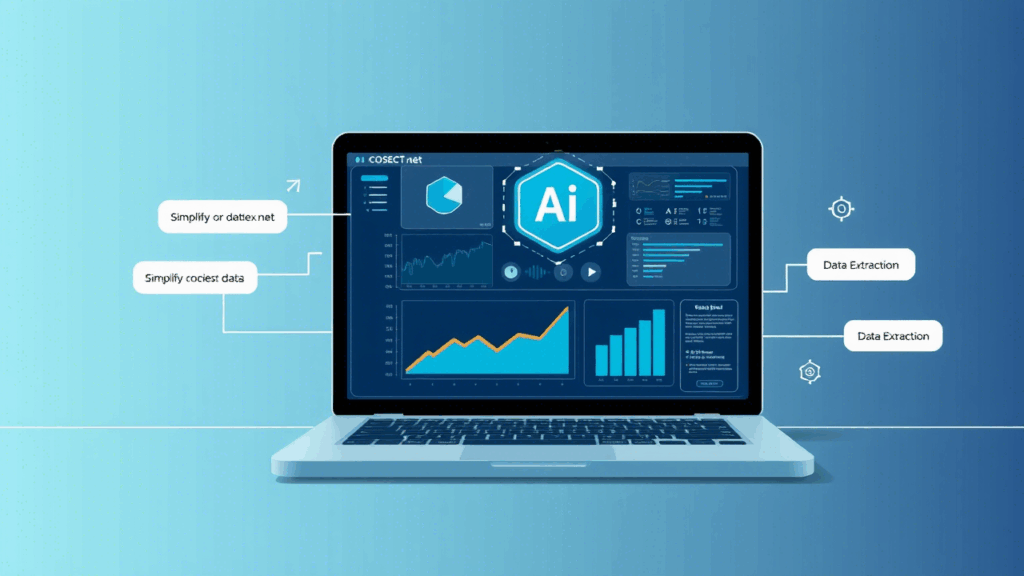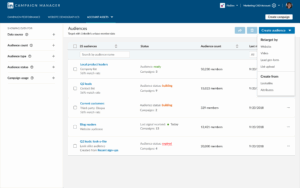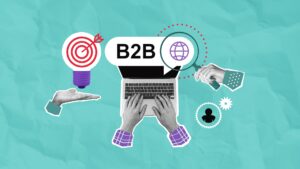APIs (Application Programming Interfaces) are systems that allow different software components to communicate with one another using defined protocols and data formats. They are essential for enabling seamless data transfer and integration across platforms.
Power BI, on the other hand, is a powerful data visualization tool that combines various software services and applications to transform raw data into insightful and interactive reports.
Key Functions of APIs and Power BI in Data Extraction
Using APIs with Power BI enhances data extraction and visualization in the following ways:
- Efficient Data Extraction: APIs simplify the process of extracting data from websites and large databases.
- Automated and Clean Data Retrieval: APIs provide structured data with minimal human involvement, reducing manual data cleaning efforts.
- Seamless Integration: APIs allow Power BI to communicate with different software systems, ensuring compatibility and efficient data exchange.
How to Connect APIs to Power BI
To connect an API to Power BI, follow these general steps:
- Open Power BI and select the Web data source connector.
- Enter the API URL, including any required parameters.
- Provide Authentication Details, such as API keys or tokens, if needed.
- Transform the Data into a table format suitable for your Power BI model.
How APIs Work
APIs function through a client-server interaction model. Here’s how:
- The client (user) makes an API call requesting specific data or actions.
- The API sends this request to the server.
- The server processes the request and sends back the relevant data or response.
Types of APIs Used for Data Extraction
- RPC (Remote Procedure Call) APIs
Execute functions on a server, returning the output to the user. - SOAP (Simple Object Access Protocol) APIs
Exchange structured information via XML. They are less flexible but were widely used in earlier systems. - REST (Representational State Transfer) APIs
The most common type today. They handle requests using standard HTTP methods and return data in formats like JSON or XML.
Core Features of Power BI
- Power BI Desktop: Build reports by accessing and visualizing data.
- Multiple Data Sources: Connects to a variety of data platforms for comprehensive analytics.
- Stream Analytics: Supports real-time data analysis for quicker decision-making.
- Custom Visualizations: Offers a broad library for tailored data visuals.
Benefits of Using APIs with Power BI
- Enhances competitive advantage.
- Enriches internal data with external context.
- Enables flexible cloud data connectivity.
- Simplifies the data extraction process.
- Improves team collaboration.
- Ensures up-to-date data availability.
How to Find APIs
You can discover APIs on various platforms, including:
- API For That
- Google APIs Discovery Service
- API List
- Public APIs
Selecting the Right API
Choosing an API depends on:
- The type of project.
- The desired level of flexibility.
- Compatibility with tools like Power BI.
Options include REST, SOAP, RPC, and WebSocket APIs. Choose based on your specific requirements.
Common Use Cases for APIs in Power BI
- E-commerce platforms
- Twitter bots and social media analysis
- Login systems using third-party credentials
- Location services like Google Maps
Improving API Connectivity in Power BI
- Use restrictive filters to limit data volume and enhance performance.
- Minimize visuals on each report page to improve loading speed.
- Assess custom visual performance for optimization.
Creating Visualizations with API Data
To visualize API data in Power BI:
- Set up the API endpoint.
- Create or access the API resource.
- Store the fetched data in a database.
- Transform the data into a usable format.
- Export the cleaned data to Power BI.
- Maintain and monitor the data pipeline regularly.
Importance of Data Security and Privacy
- Empowers users to control their personal information.
- Defines how data is collected, shared, and used.
- Prevents unauthorized use or exploitation of personal data.
Ensuring Data Accuracy and Consistency
- Validation at data entry points to capture only correct inputs.
- Periodic data reviews and corrections to maintain high quality.
- Cross-referencing data sources to ensure reliability.
Guidelines to Improve Data Extraction Quality
- Conduct regular training on data tools and metrics.
- Share success stories and lessons learned across the organization.
- Offer specialized training for teams working closely with data.
Final Thoughts
Integrating APIs with Power BI simplifies and accelerates data extraction. It enables businesses to pull data from multiple sources, leading to faster and more informed decisions. The result is clean, structured, and actionable data that enhances overall business intelligence.









